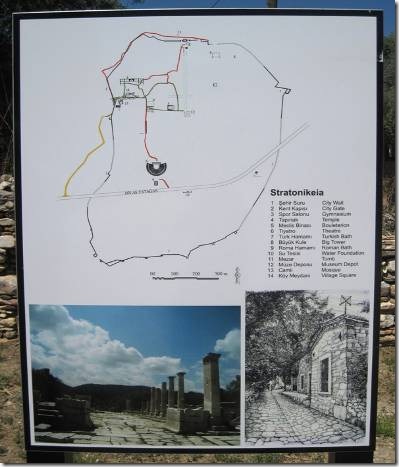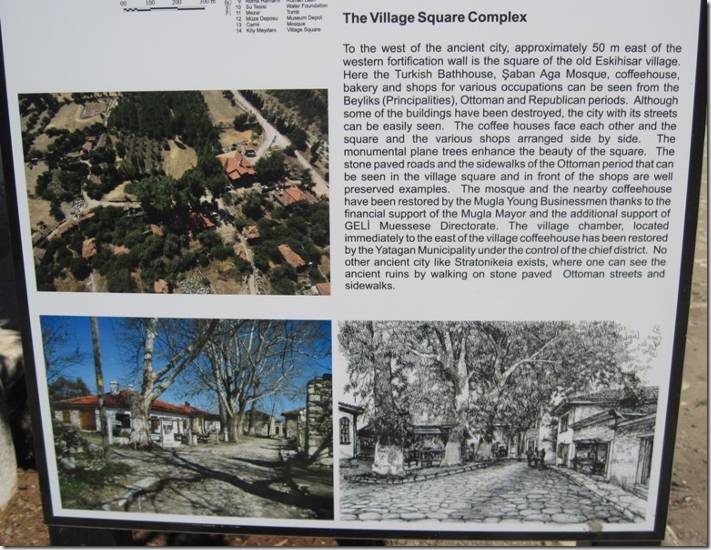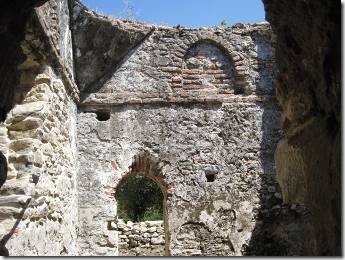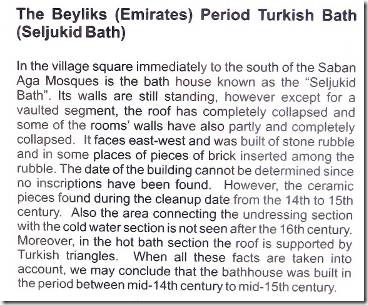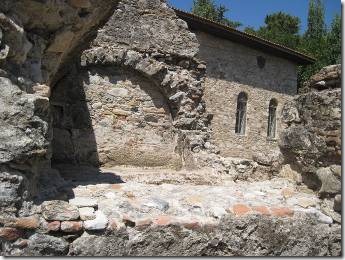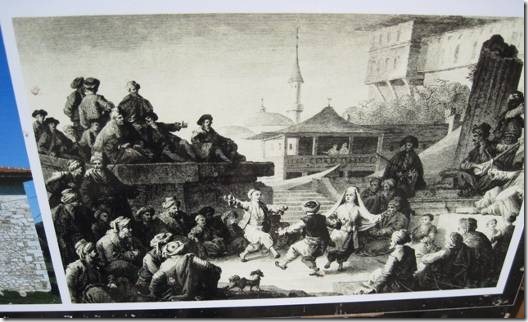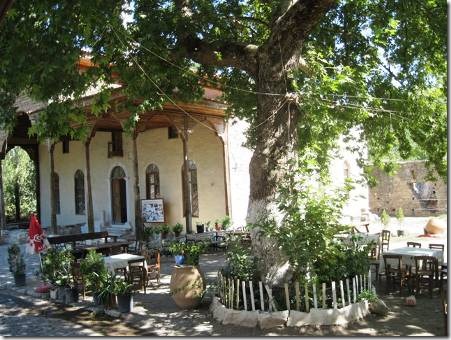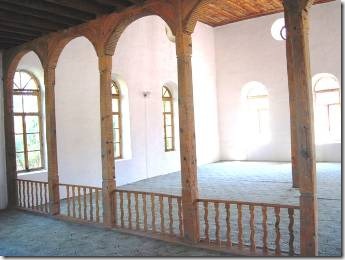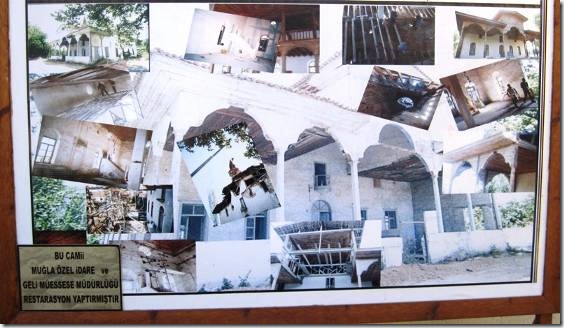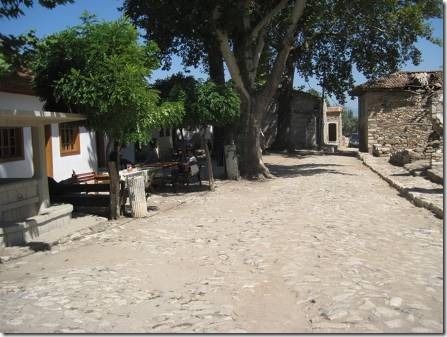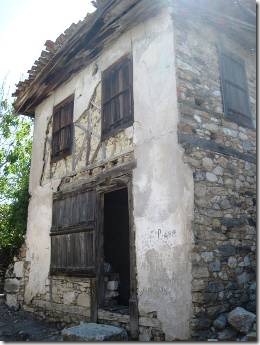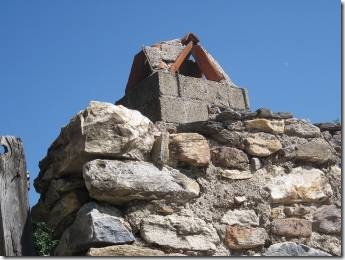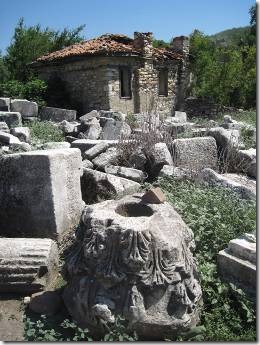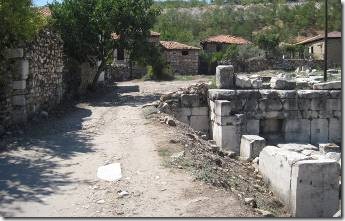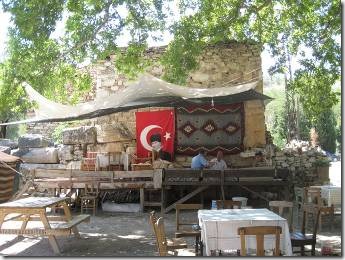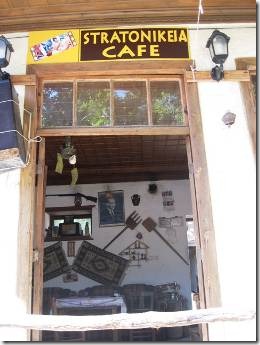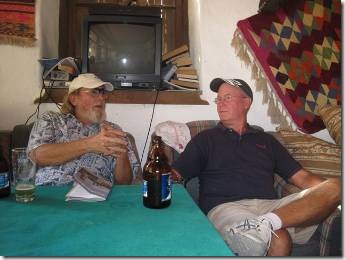Merhaba,
The best part of visiting Stratonikeia was just the surprise of being some place so interesting when earlier in the day we had no idea it even existed.
“East of Milas, the remains of ancient Stratonikeia lie in and around the village of Eskihisar, a settlement which was virtually abandoned at the end of the 20th century as a lignite quarry was developed right beside it. Today only four or five families continue to live in what must once have been a wholly delightful village; their neighbors have moved away to the usual dull collection of concrete houses in the new village of Eskihisar, which you bypass on your way. “ http://turkeyfromtheinside.com/index.php?option=com_content&view=article&id=350:stratoneika&catid=42:places-to-go
“The ruins of ancient Stratonicea are strewn among crumbling manorial houses and deserted cottages in the farmer village of Eskihisar, which was evacuated same 30 years ago to make room for coal mines. A few families still live among the ruins, which form a strange contrast and a wonderful green oasis in the midst of a grey wasteland of stripped earth.” http://www.bodrumpages.com/turkey/ancient_sites/stratonikeia_E.html
(I read that there was an earthquake in 1958 that started the movement away from the town.)
I have to say that though Stratonikeia will probably become more well known for its Greek and Roman antiquities, I was more interested in the much latter Ottoman history. Excavations began in 1977 and continue still, but they have a long way to go. The ruins of the Ottoman homes and streets reminded me of Colonial America for some reason. I would really like to go back when we return in November when it won’t be too hot to really see the area. But after about an hour Randal’s problem heel hurt, Judy was developing a blister, Bill needed a beer and I was starving having really skimped on snacks and lunch. So we saw some stuff and then we went to the Stratonikeia Café for a grilled cheese and tomato “toast” that was enough for all of us to share.
Ancient and Ottoman
I have dragged the photo out of proportion making the map a bit wider than it is.
First the Ottoman structures
Ottoman times
Saban Aga Mosque today
Lovely wood beams were the really only reconstruction at this point.
Photos of the reconstruction.
Ottoman streets where the artisans where located.
Ottoman building Chimney covers, then and now.
"These houses with a ‘harmonical’ trio of whitewashed walls, red roof tiles and the trees…..The buildings are usually stone built and quadratic wood. All the supporting walls, courtyard walls and especially the ground floors are built with lime-mortar and ballast-rubble stoned walls. Turkish style roof tiles were used to cover the roof. Other than the roofs, wall tops and the fire place juts narrowing as chimney coves are covered by roof tiles to prevent the rain coming down. Besides all these, the chimneys which are accepted as the symbol of Mugla are also covered with roof tiles as an open shed.” Mugla Tourist Map
These Ottoman homes just next to ruins of the ancient gymnasium. Not sure if the gymnasium was visible when the Ottoman homes were built or were only revealed in 1977 when the excavations began.
More photos of the gymnasium in the next email about ancient Stratonikeia. Also, these homes don’t have the whitewashed finish as they did in Mugla.
It was amazing to just wander around. There were some sign boards and the information was in English. There was no entry fee, but we all wished there had been a guided tour offered though in the heat we wouldn’t have lasted long. That’s why I’d like to go back in cooler weather.
Part of the “new” town square
Beer, Coke Light and a really tasty grilled tomato and cheese sandwich on wonderful Turkish bread!
Even Randal’s and Judy’s feet felt better.

